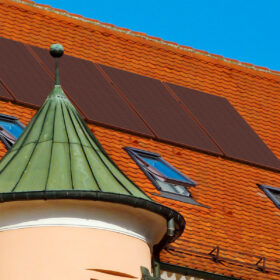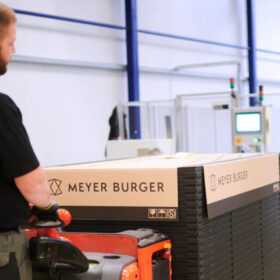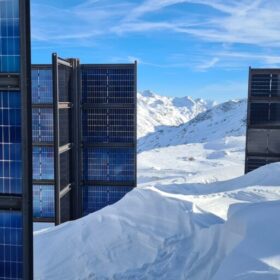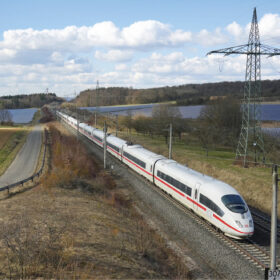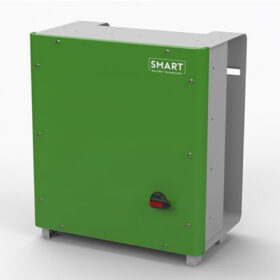Austrian startup offers double-axis tracking system for agrivoltaics
Anywhere Solar says its new trackers have a module area of 75 m2 and can host PV systems up to 19 kW in size. When deployed horizontally, the systems allow vehicles up to 4.3 meters high to pass underneath.
Solarwatt shuts down battery factory in Germany
Solarwatt says it will shut down its battery factory in Germany. Battery production at the Dresden facility will halt at the end of this year, and the company will move all battery and solar panel production to China.
Faulty installations often to blame for battery fires
The Electric Power Research Institute (EPRI), the US Department of Energy’s Pacific Northwest National Laboratory (PNNL), and German battery analysis specialist Twaice have jointly evaluated 26 battery fires between 2018 and 2023. They say that the diversity of components plays a critical role in igniting fires.
German PV system prices down by over 4% since November
The Selfmade Energy online platform says that prices for PV systems and battery storage systems fell by more than 4% between November 2023 and March 2024. In March, for example, 6 kW PV systems without batteries were sold for between €1.66 ($1.79)/W and €2.10/W.
Sonnenkraft unveils 400 W TOPCon panel for terracotta red rooftops
Austrian manufacturer Sonnenkraft has developed a terracotta glass-glass module that aesthetically blends in with tiled roofs. It has an efficiency rating of 20.02%.
Meyer Burger reports $330 million loss for fiscal 2023
Switzerland-based Meyer Burger had a PV module inventory of 365 MW at the end of 2023. The closure of its panel factory in Freiberg, Germany, will only be reversed if there are very strong political signals, said CEO Gunter Erfurt.
Austrian startup offers standardized system for solar bike roads
Austrian startup Mo Energy Systems has developed a standardized system for solar bike roads, featuring 12-meter-long structures with a variable width ranging from 2 meters to 4.5 meters. It includes anchoring, without the need for concrete or excavation work.
Austrian ski resort hosting vertical PV arrays with cross structures
Helioplant has developed a 7.2 kW vertical PV installation for high-altitude locations. The system purportedly remains free of snow, even after intense winter precipitation.
Germany allocates 1.61 GW in latest utility-scale PV tender
Germany’s latest auction for utility-scale solar concluded with prices ranging from €0.0444 ($0.048)/kWh to €0.0547/kWh. The procurement exercise was significantly oversubscribed.
Smart Railway Technology presents inverters for PV-powered train traction
Smart Railway Technology’s new PV2Rail inverters are designed to feed directly into 16.7 Hertz (Hz) railway power grids.



